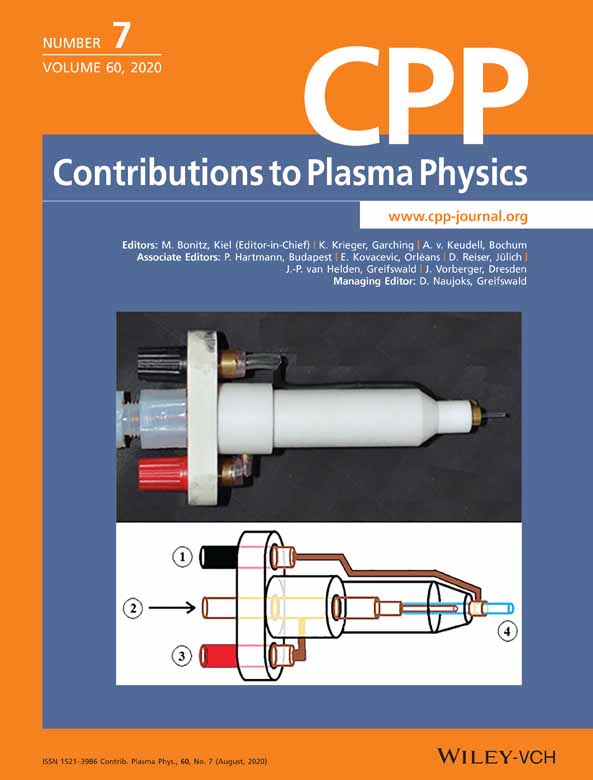Characterization of the single nanosecond pulsed surface dielectric barrier plasma actuator: Geometric and electric effects
Funding information: 111 project of China, B17037; National Natural Science Foundation of China, 11472221; Nature Science Foundation of Inner Mongolia Autonomous Region of China, 2019BS01008; Postdoctoral Science Foundation of China, 2019M653750
Abstract
The influence of the electrode length and the voltage pulses on the discharge characteristics of the surface dielectric barrier discharge actuators were investigated numerically by using the plasma kinetic model. The governing equations including the coupled continuity plasma discharge equation, drift-diffusion equation, electron energy equation, Poisson's equation, and Navier–Stokes equation were solved in quiescent air at atmospheric pressure. The results show that the shorter pulse rising time results in higher discharge characteristics, more intense discharge, and bigger discharge region. Differently, the compared discharge characteristics for the electrodes with different lengths prove that the length of the powered and ground electrodes has little effect on the surface dielectric barrier discharge driven by nanosecond pulsed voltage.




